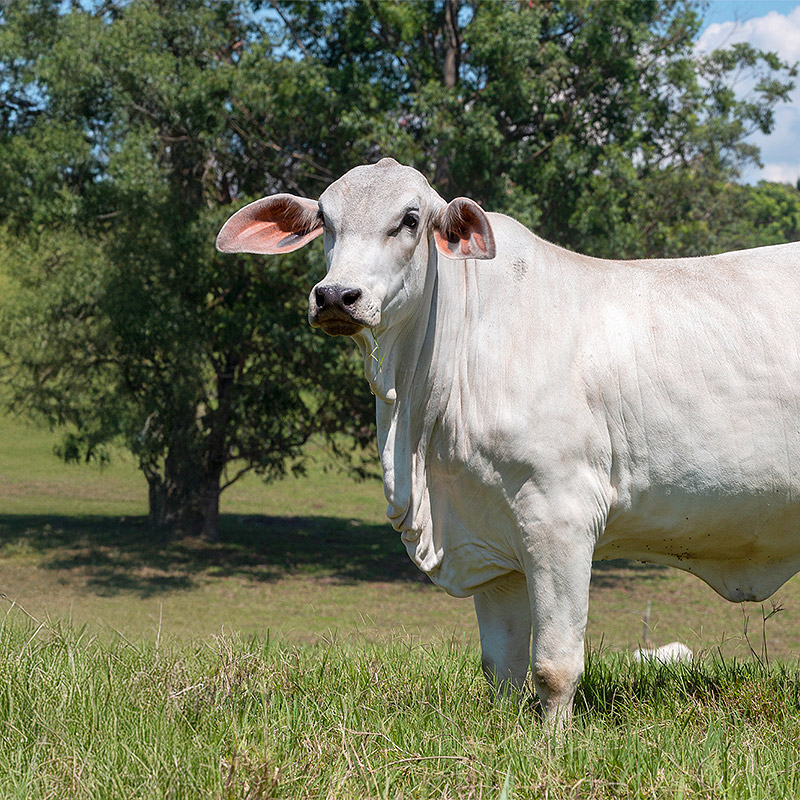Nós usamos cookies
Este site usa cookies para aprimorar sua experiência de navegação.

The beef market follows a cyclical pattern that repeats over time. This cycle results from the biology of cattle reproduction, producers’ management decisions, and the dynamics of supply and demand.
Understanding the Cattle Cycle is crucial for ranchers, meat processors, and all links in the beef supply chain, as it explains the periods of rising and falling prices and guides strategic decisions on investment, retention, and marketing.
This subject was clearly presented by Mr. João Antônio Fagundes during his lecture at FEDEGÁN (Colombia, September 2025), emphasizing the strategic role of the tropics in the global beef supply.
The cycle is primarily driven by the supply of calves, which determines replacement and the future of cattle herds. Its stages are interconnected:
Beef prices rise ➝ stimulates culling of cows and heifers.
Calf prices increase ➝ higher value encourages sales and replacements.
Retention of females ➝ producers keep cows and heifers to expand reproduction.
Beef prices climb further ➝ reduced supply of meat keeps the market strong.
Calf production grows ➝ more breeding females increase calf supply.
Beef prices start to decline ➝ more finished cattle increase meat availability.
Calves lose value ➝ oversupply drives prices down.
Culling of females ➝ low prices lead producers to send cows and heifers to slaughter.
Beef prices drop further ➝ larger supply pushes the market downward.
Calf production decreases ➝ fewer breeding cows restart the cycle, raising prices again in the medium term.
The length of the cycle depends on production efficiency:
In intensive systems with superior genetics, good nutrition, and crop-livestock integration, the cycle lasts around 2.5 to 3 years.
In less efficient systems, where slaughter is later and replacement slower, it can extend to 4 years or more.
The cycle should not be seen as a threat but as a planning tool.
Recognizing the market phase helps producers anticipate key decisions:
Whether to retain or sell females.
When to speed up rearing or finishing.
How to allocate investments in infrastructure and genetics.
📈 During price highs: invest in infrastructure, renew pastures, and reduce finishing times.
📉 During price lows: focus on stimulating calf production and preparing herds for the next upward phase.
This alternation creates opportunities for sustainable growth and margin expansion, especially when combined with genetic, nutritional, and crop-livestock integration (CLI) technologies.
According to Mr. João Antônio Fagundes, the current situation is unprecedented: for the first time, the upward phase of the cattle cycle is occurring simultaneously in the three largest beef-producing countries.
This rare global alignment points to the possibility of an exceptionally high price cycle in the coming years, opening unique opportunities for tropical producers who play a strategic role in supplying global beef demand.
The Cattle Cycle is a key factor in understanding beef market dynamics. Recognizing it and applying it strategically allows producers not only to react but to anticipate market shifts and secure consistent results.
Tropical livestock production is at the heart of this process, holding a strategic responsibility in providing animal protein to the world.
Este site usa cookies para aprimorar sua experiência de navegação.